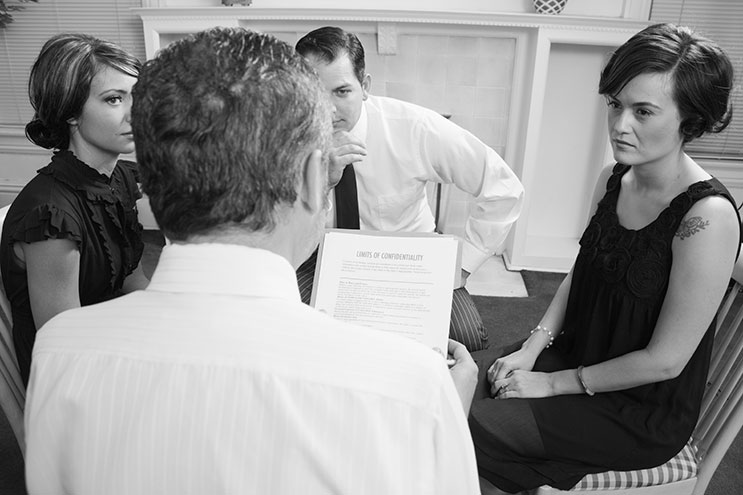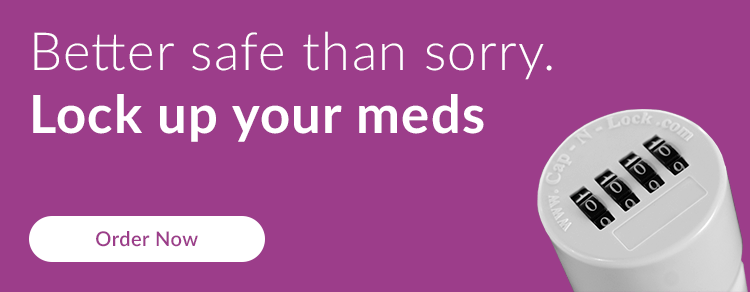For the family members of someone addicted to prescription drugs, illicit drugs, or alcohol, a treatment program offers the hope of regaining their loved one. For the addict, treatment offers the hope of getting a second chance at life.
Knowing what to expect about the treatment process can help manage expectations for the road ahead.
There are a lot of misconceptions about what treatment can and can’t do, and getting away from these can help the addict and his or her loved ones more confidently get on the road to addiction recovery.
Myth #1: Treatment won’t work.
Truth: Addiction treatment is effective, and studies have shown that rehab treatment is more effective than trying to overcome addiction on your own. The treatment process can be a long one, and people who are willing to stick to an aftercare program have a solid chance of getting to recovery.
Myth #2: Treatment only works if you want it.
Truth: Most people who go to treatment don’t do it because they are ready to get the help they need to stop using drugs. The two most common reasons people seek treatment are:
- Court order requirement
- Pressure from loved ones to get help
Just because an addict doesn’t want treatment doesn’t mean it won’t work.
Myth #3: You can’t make someone else get treatment they don’t want.
Truth: Treatment doesn’t have to be voluntary. The criminal justice system forces people into court ordered treatment all of the time. Parents of children aged 17 and younger can send their kids to treatment facilities without their approval. Treatment is most effective if the patient has a desire to overcome their addiction, but it can work even if the addict doesn’t wish to be there.
Myth #4: Treatment only works when someone hits rock bottom.
Truth: You don’t have to wait for a loved one to hit rock bottom before they seek treatment. Pressure from family members can be a strong motivating force for some people. Parents can get teens to treatment before a problem grows out of control. Recognizing they have a problem can often be motivation enough for someone to successfully get treatment.
Myth #5: All treatment is the same.
Truth: Many treatment centers offer a version of the medications-plus-behavioral-therapy equation because it has been shown to be effective; but that doesn’t mean all treatment and treatment facilities are the same. The specific programs and methods can differ with each doctor and outpatient, short-term inpatient, or residential facility.
Myth #6: One treatment didn’t work, so no others will.
Truth: “Different strokes for different folks” applies to addiction treatment and rehab facilities. If one treatment program didn’t meet the needs of a patient, there are other doctors and facilities that might. Before checking into a facility, the patient and/ or their family should take a bit of time to research the programs and talk to the staff to see if their needs will be met. It may take a couple of different doctors or programs to find one that is a good fit.
Myth #7: If you really try, you can be in and out of treatment fast.
Truth: Treatment is not a quick answer to addiction, and there is no shortcut to recovery. A minimum of 60 to 90 days for residential or outpatient treatment, followed by a year of aftercare, has been shown to be twice as effective than shorter treatment periods.
Myth #8: You can go to any facility you want.
Truth: Rehab facilities are a medical service that comes at a price. And the price point varies from economical to mid-range to luxury. Many people rely on rehab reimbursement from their insurance company to help them afford the price of treatment, and may be limited by their policy coverage or budget as to the specific facility they choose. Once you’ve found a few facilities you are interested in, call your insurance provider to get information about what is covered, and what you will be responsible for out-of-pocket.
Myth #9: Once treatment is complete, the addict is cured.
Truth: Drug addiction is a condition that can be in remission, but it is a chronic health condition that may never be cured. Someone who has successfully completed treatment is considered to be “in recovery,” because the process to stay clean is an ongoing one. Addicts will most likely never be able to use drugs again without serious consequences.
Myth #10: A relapse will undo all your treatment work.
Truth: Relapses are a common part of addiction treatment. Because addiction is a chronic condition, and recovery can be a long process, relapses happen. Stress, social cues, and environmental factors can trigger a relapse at any time, but it is most likely to happen the first three months after treatment. A relapse does not mean that treatment didn’t work, or that the person needs to start over; rather, a relapse is a sign to refocus efforts on the recovery process and dedication to follow-up treatment.





